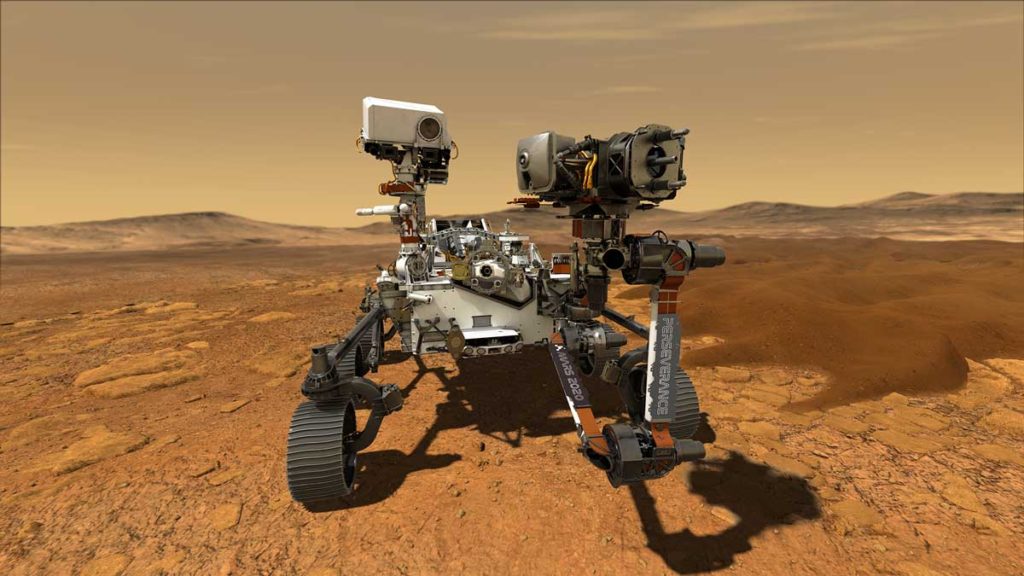Table of Contents
MATH ON (OR NEAR) MARS
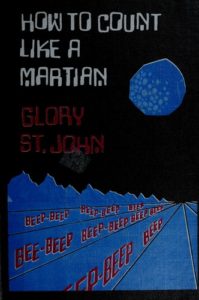
|
In Glory St. John’s How to Count Like a Martian (Random House, 1975), a mysterious beeping signal from Mars leads to a discussion of number systems used on Earth, among them Babylonian, Egyptian, Mayan, Greek, Chinese, and Arabic. The (four-fingered?) Martians apparently count in base 4. For ages 8-12. It’s out of print, but definitely worth tracking down. Check your local library. |
| Space Math @ NASA is a collection of math problems featuring planetary topics for a range of age groups. At “Launch of the Mars Science Laboratory,” for example, kids use a sequence of launch images to determine launch speed and acceleration. | |
| Everyone makes mistakes. Wired magazine’s This Day in Tech has an account of the fatal metric conversion error that resulted in the 1999 loss of NASA’s Mars Climate Orbiter. | |
| Find out how much you’d weigh on Mars (and all the other planets) with this interactive calculator from the San Francisco Exploratorium. |
MARTIAN ARTS
 |
Kids’ Art Project on the Planet Mars has instructions for making a papier mache planet and a solar system mobile, and designing a Martian city. Also see YouTube’s How to Create a Papier-Mache Solar System. |
| The Mars Art Gallery has abstract art pertaining to Mars, photographic images (categorized in Orbital, Crater, Moon, and Surface Galleries), and resource links. Check out the Andy-Warhol-style Face on Mars. | |
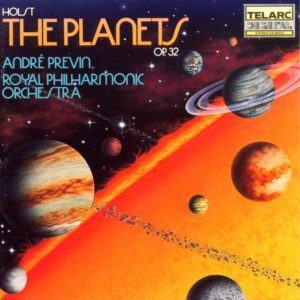 |
From Gustav Holst’s “The Planets,” listen to the first movement – Mars, the Bringer of War – performed by the Chicago Symphony Orchestra. |
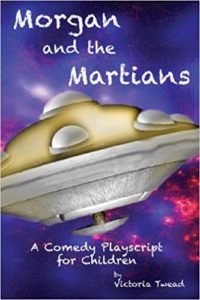 |
Let’s put on a play! In Victoria Twead’s Morgan and the Martians (Feedaread.com, 2012), mischief-making Morgan is given a Shimmer Suit by visiting Martians that makes him invisible. He promptly uses it with disastrous results. For an expanding cast of Earthlings and Martians, ages 8-12 (or so). |
RED PLANET POEMS
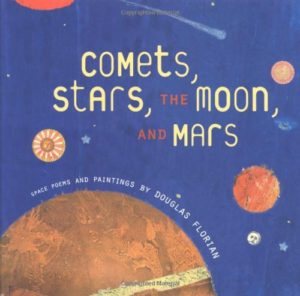
|
Douglas Florian’s Comets, Stars, the Moon, and Mars (Harcourt Children’s Books, 2007) is a fun collection of space-themed poems and paintings, including one about the planet Mars. A “Galactic Glossary” provides brief background info on each poem. For ages 4-10. |
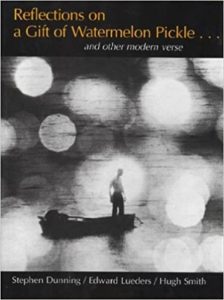 |
My favorite: the Martian astronomer of John Hall Wheelock’s poem Earth. Also found in the wonderful poetry collection Reflections on a Gift of Watermelon Pickle (HarperTeen, 1967). |
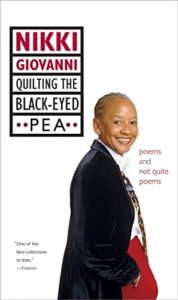 |
Nikki Giovanni’s “Quilting the Black-Eyed Pea (We’re Going to Mars)” is the title poem from Quilting the Black-Eyed Pea: Poems and Not Quite Poems (William Morrow, 2002). (“We are going to Mars for the same reason Marco Polo rocketed to China/For the same reason Columbus trimmed his sails on a dream of spices…”) |
| See Albert Bigelow Paine’s The Planet Mars. | |
| From the Academy of American Poets, see Marvin Bell’s Mars Being Red. | |
| John Updike’s Duet on Mars is a dialogue between rovers Spirit and Opportunity. | |
| According to Wikipedia, Martian poetry was a British poetry movement of the 1970s and 80s, characterized by “curious, exotic and humorous visual metaphors” – that is, viewing ordinary things as if through the eyes of a Martian. An example is Craig Raine’s A Martian Sends a Postcard Home.(Cool project. Try some of your own.) |
